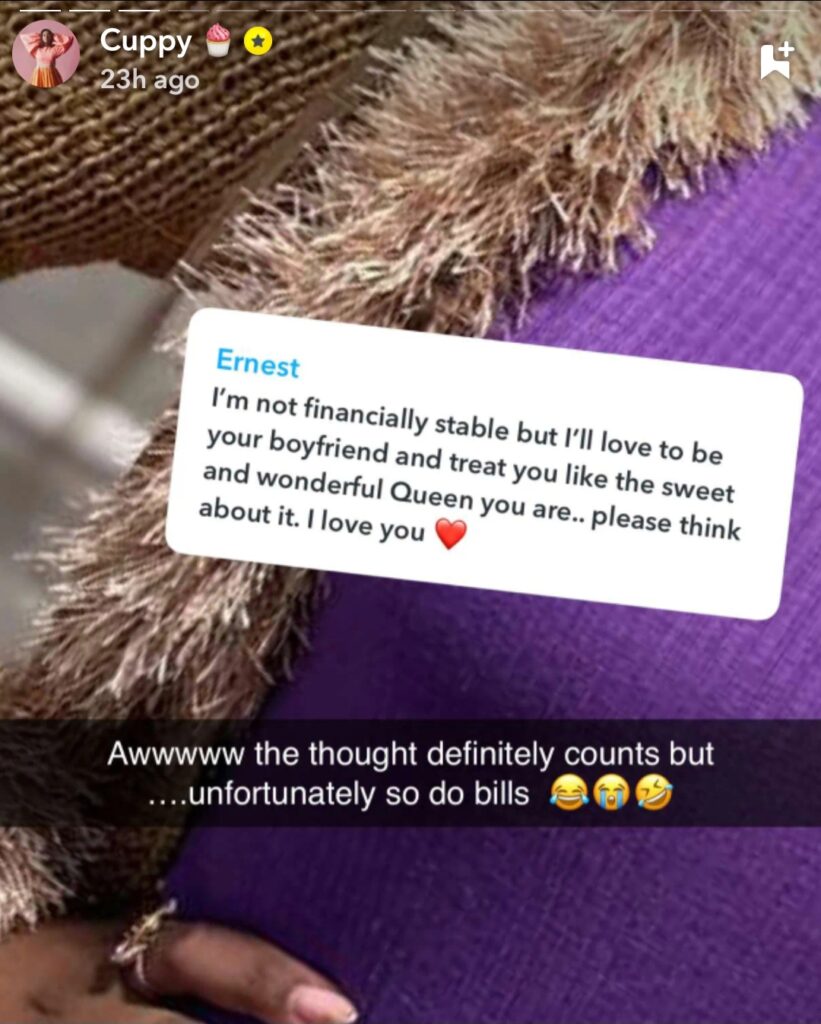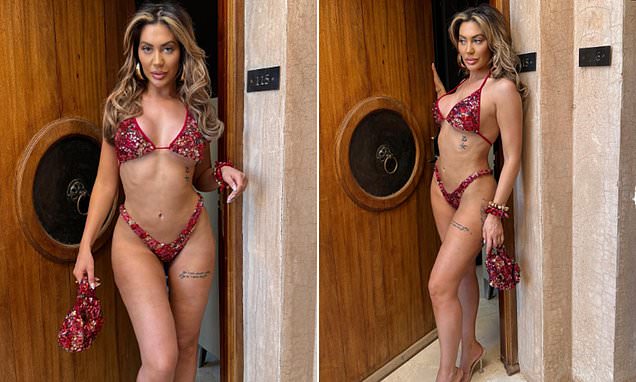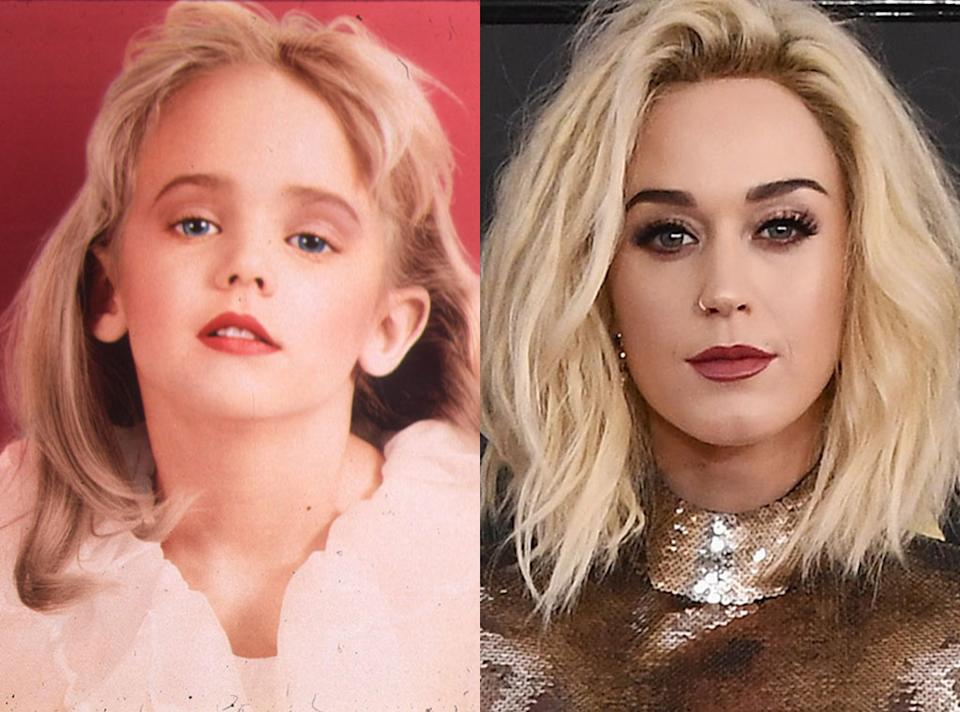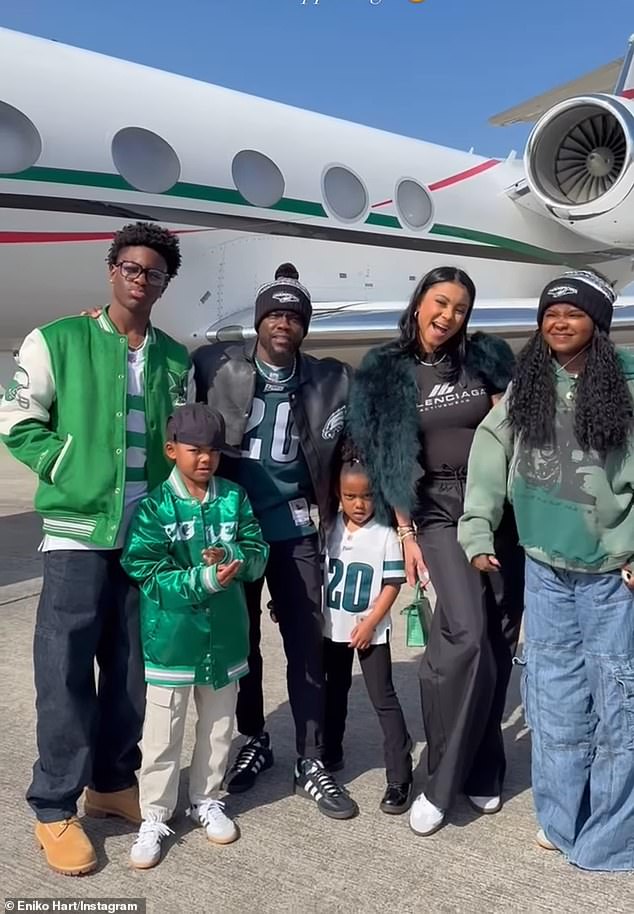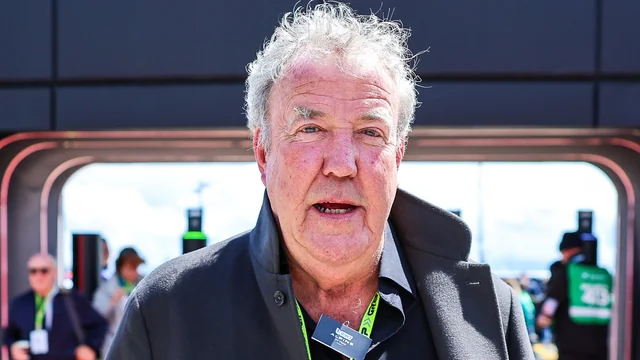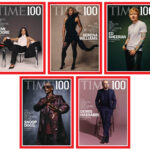Now Reading: “I Was Just Existing”: Plus-Size Influencer Gracie Bon Calls Out Body-Shamers at Disney
-
01
“I Was Just Existing”: Plus-Size Influencer Gracie Bon Calls Out Body-Shamers at Disney
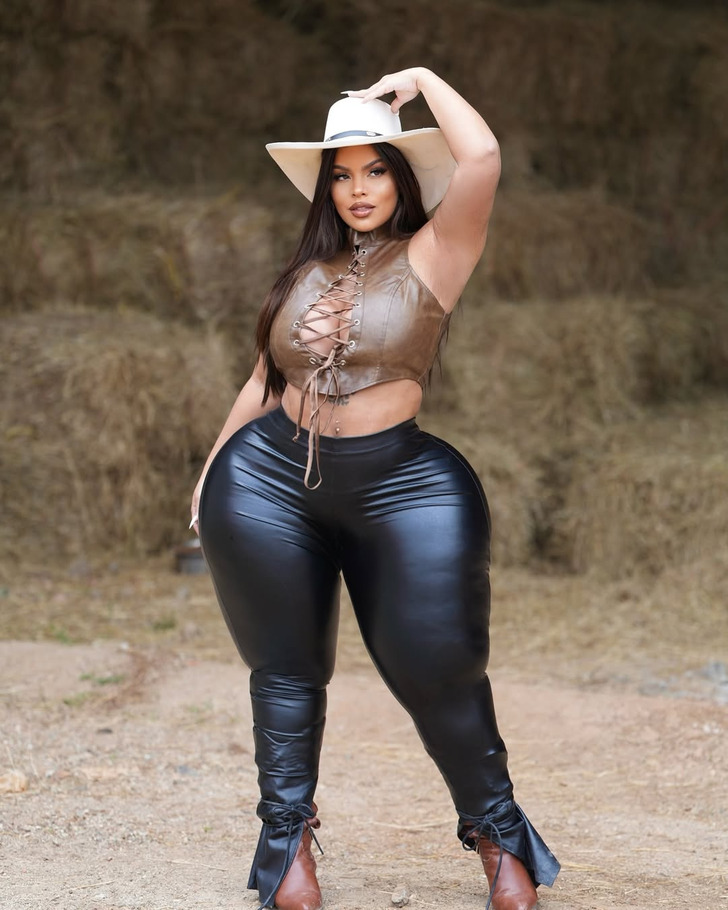
“I Was Just Existing”: Plus-Size Influencer Gracie Bon Calls Out Body-Shamers at Disney
A day at “The Happiest Place on Earth” turned into a humiliating ordeal for body positivity advocate Gracie Bon, who claims she became an unwilling spectacle for fellow Disney visitors. The 28-year-old influencer has ignited fierce online debate after sharing how stares, laughter, and unauthorized photos allegedly ruined her family outing at the theme park.

“Is It Just Me Or Are People Not Used to Seeing Big Girls?” — The Disney Experience That Went Viral
What should have been a carefree day with her siblings quickly soured for Gracie Bon, who took to social media to document what she describes as relentless body-shaming from fellow parkgoers seemingly fixated on her curvy figure.
“Is it just me or are people not used to seeing big girls like me at Disneyland?” Bon questioned her followers. The influencer expressed genuine surprise at the reactions, pointing out that she was in America, where “almost 40 percent of people here are plus-sized.”
In a bold move that’s sparked conversation about who’s really crossing boundaries, Bon decided to turn the tables by filming those who were staring at her—essentially holding a mirror up to behavior she found problematic.
A Pattern of Unwelcome Attention
According to Bon, this wasn’t an isolated incident. She previously shared similar experiences at Disney where visitors would openly gawk and snap pictures without permission, suggesting a pattern rather than a one-off encounter.
“I was body shamed during my trip to Disneyland – people wouldn’t stop staring at my curvy body, but it’s what makes me unique,” she wrote in an earlier post. “It’s time to stop body shaming. We’re all different shapes and sizes and that’s what makes us unique.”

“They Kept Taking Photos of Me” — When Curiosity Crosses the Line
In her viral video, Bon details behaviour that she believes went far beyond innocent curiosity or casual glances. According to the influencer, parkgoers were openly documenting her presence and responding with mockery.
“They kept taking photos of me, they gave me bad looks all the time, or just kept laughing at me,” Bon recounted, describing encounters that left her feeling dehumanized during what should have been a joyful experience.
What particularly troubled the body positivity advocate was seeing this behavior modelled for younger generations: “The worst part is that they teach their kids to do the same,” she noted, highlighting concerns about how body-shaming attitudes perpetuate through family example.
“Our Day Was Ruined” — The Impact on Family Time
Beyond personal discomfort, Bon emphasized how the negative attention disrupted what should have been quality family time: “I was at Disneyland today, I wanted to have fun with my siblings, but our day was ruined by all the people making fun of the size of my body.”
This aspect of her story raises questions about the ripple effects of public body-shaming—not just on the individual targeted, but on their companions and overall experience in spaces meant for universal enjoyment.
“I Was Just Existing” — Bon’s Defense Against Critics
Anticipating pushback, Bon pre-emptively addressed potential critics with a powerful statement about self-acceptance and her right to occupy public space without scrutiny.
“I know you may think that I am exaggerating and that it’s my fault for being a big girl, but this is literally what God gave me, and I have to embrace every single part of me,” she stated firmly.
Her message expanded beyond her personal experience to a broader plea for respecting all body types: “Even if you have a condition or you look different, you shouldn’t be bullied for the way you look… I would never talk negatively about someone else’s appearance. Respect is key.”
Perhaps most poignantly, Bon emphasized her fundamental right to enjoy public spaces without becoming a spectacle: “This should be a safe space where everyone feels comfortable, and I wasn’t doing anything, just existing. At the end of the day, I just wanted to have fun like everyone else.”
-
- Bon emphasized that theme parks should be inclusive spaces for all bodies
-
- She stressed she was simply “existing” like any other guest
-
- Her message centered on respect for different body types
- She called out the teaching of body-shaming behaviours to children
Internet Divides: “God Didn’t Give You All That” vs. “People Are Just Jealous”
As Bon’s story spread across platforms, public opinion quickly polarized into two distinct camps. Some commenters were openly hostile, suggesting her body shape disqualified her from claiming victim status.
“You weren’t born this way so don’t cry about body shaming. You did this to yourself,” wrote one unsympathetic commenter. Another added: “But God didn’t give you all that. Stop bringing God into the mix. Your doctor gave you all that.”
These comments suggest some viewers believe Bon’s curvy figure is entirely the result of cosmetic procedures rather than natural body shape—a common criticism faced by many body-positive influencers that raises questions about whether certain body types are deemed more “worthy” of protection from ridicule.
Supporters Rally: “You Are Beautiful”
Despite harsh criticism, many followers rallied around Bon with messages of solidarity and understanding. “Don’t worry at all. You are beautiful just the way God made you! People are just jealous that you are so beautiful!” wrote one supporter.
Another empathetic commenter added: “I’m sorry people can be so cruel and judge so harshly when they have no room to judge. You are beautiful.”
A more nuanced perspective came from those trying to balance understanding natural human curiosity with establishing boundaries of respect: “You can’t blame the people. It’s honestly hard to not look. The reason people look is because when human eye sees something new for the first time we just look. It’s normal human reaction.”
This middle-ground viewpoint acknowledges a reality many can relate to—that unfamiliar sights do naturally draw attention—while still leaving open the question of what constitutes appropriate behavior once that initial curiosity arises.
Not Her First Controversy: “I’m Not Going to Lose My Butt Just to Fit on a Plane”
Gracie Bon is no stranger to sparking heated discussions around body acceptance and accommodation. She previously made headlines after challenging airlines to provide more spacious seating for plus-sized passengers.
When critics suggested she should simply purchase two seats when flying, Bon dismissed this solution: “Buying two airplane seats doesn’t fix my problem. Airplanes are too small for big people. It’s 2024, bodies are changing, so planes should too.”
With her characteristic directness, she added: “I’m not going to lose my butt just to fit on a plane, so people should either give me another solution or make planes bigger.”
This previous controversy highlights Bon’s consistent advocacy for changing systems rather than expecting bodies to conform to existing structures—a perspective that has both passionate supporters and fierce critics.

The Bigger Question: Where Do We Draw the Line in Public Spaces?
Regardless of where you stand on Bon’s specific claims, her experience raises important questions about behavior in shared public settings. While brief curious glances might be human nature, photographing strangers without consent and openly mocking them crosses boundaries of basic respect.
Theme parks like Disney, which market themselves as inclusive environments designed for everyone’s enjoyment, face particular scrutiny when guests report feeling unwelcome due to their appearance. The incident highlights tensions between individual behavior and institutional responsibility in creating truly inclusive public spaces.
As public space researchers often note, creating welcoming environments requires both physical accommodations and fostering a culture where diverse bodies aren’t treated as spectacles or oddities.
Whether you view Bon’s experience as an isolated incident or part of a broader pattern of stigmatization, her willingness to speak out has certainly sparked necessary conversations about the unwritten rules of how we treat one another in shared spaces.
What do you think about Gracie’s viral story? Has body-shaming become too normalized in public spaces? Share your thoughts in the comments below!

